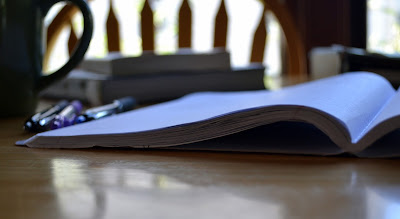It's late August, and for the first time in years, I feel an absence of dread. Human behavior is fascinating. While walking the must-be-an-academic path, I regularly made rationalizations: it's okay if I'm exhausted all term, because I get some breaks where I can sleep and maybe create; it's okay if I let autumn slip away, because I must give myself over to my job (and, really, I had a good summer).
No longer in academia, I can build a new relationship with fall; I can let it fully into my heart. The changing leaves, cooler air, tasty apples, garden closing, animals gathering--all of this I can experience completely; no need to hold back.
Teachers have a schedule that aligns with the seasons. I'm not sure of other professions where specific seasons are blocked out--lost in the busyness. (I'm sure they exist.) Sometimes the busyness is so great that all seasons are lost.
Nature grounds me. It provides easy access to the present moment. And the seasonal changes supply awareness practice: what's different today? How exactly is it different? What emotions do I project onto the change?
This year I'm especially grateful to walk beside autumn; to lean into her and see what she's about. And I welcome company along the path.



























